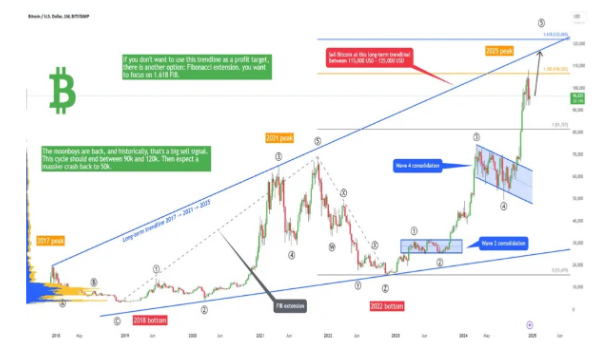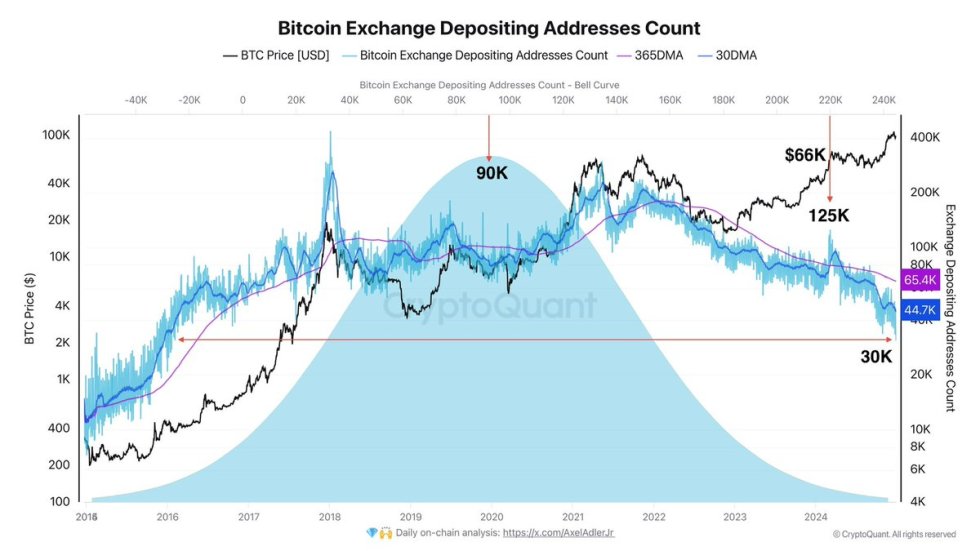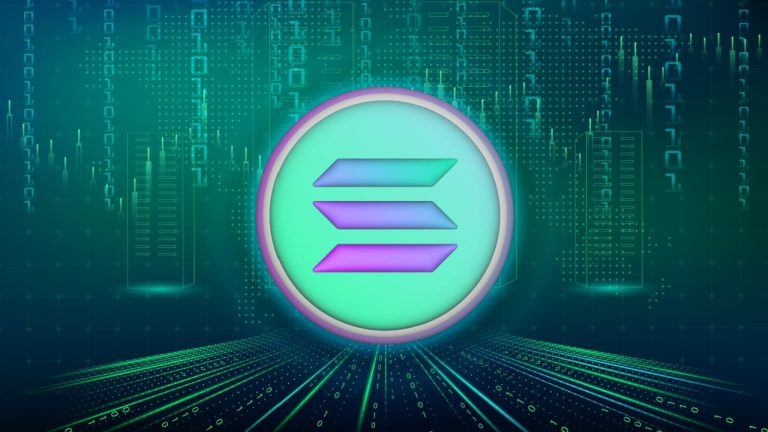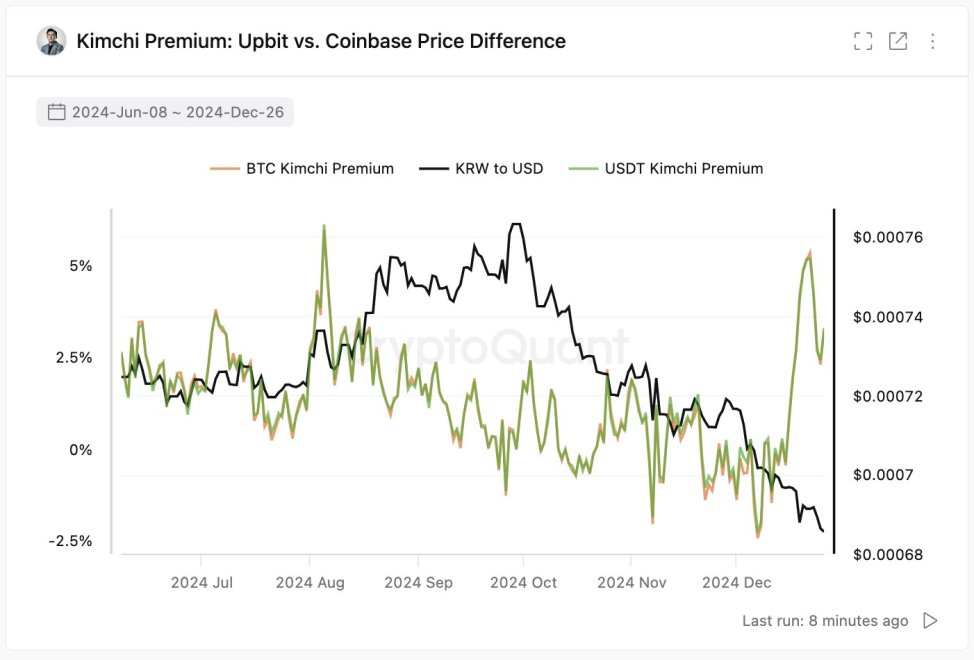Would you like to know how Bitcoin transactions work? The BSV Academy has launched a series of video tutorials teaching the basics. The first, “Introduction to Bitcoin Transactions,” is hosted by Britevue founder Connor Murray, who explains concepts like Bitcoin’s UTXO model, inputs and outputs, spent and unspent values, and how the network determines if a transaction is valid or not.
The tutorial was livestreamed, and the recording will remain on BSV Academy’s channel. Subscribing to the channel will ensure you hear about future streams and participate in live Q&A sessions after the presentations.
Murray said the tutorial is for entrepreneurs, developers, and any other interested parties in the space. It teaches how Bitcoin transactions work at a fundamental level, but also looks at ways to “think outside the box” using Bitcoin Script—such as time-locking and unlocking transactions.
The tutorial refers to the 2008 Bitcoin White Paper and its definition of transactions. Murray gets pretty technical from the start, explaining how Bitcoin transactions use inputs and outputs to determine who can spend what. This description is important for developers coming from platforms such as Ethereum since Bitcoin uses a UTXO (Unspent Transaction Output) model, as opposed to Ethereum’s “account model.” While it might seem daunting at first, the UTXO model is what enables Bitcoin to scale.
Bitcoin Script is the way to perform more complex transactions on Bitcoin. Although Script is not mentioned in the white paper, it was part of the original release code. It would’ve been impossible to imagine every possible use case for Bitcoin (and its transactions) at launch time, and new ones will continue to be explored far into the future. Satoshi Nakamoto wrote that he had previously considered escrow, bonded contracts, third-party arbitration, multi-party signatures, and others.
Bitcoin’s core design and rules have been “set in stone” from the start, and the way transactions function needs to stay basic. So the more flexible Bitcoin Script acts as a predicate to a transaction—that is, an equation that returns true or false, answering the question “can these coins be spent, or not?”
A Bitcoin transaction consists of a Locking Script and an Unlocking Script. Murray refers to the Locking Script (also called “scriptPubKey”) as the combination on a padlock. The Unlocking Script (called “scriptSig”) is the solution to the Locking Script. (For the record, most ordinary users will never need to know these details. It’s mainly for developers and anyone else who wishes to understand Bitcoin’s inner workings. However, understanding these facts does provide a reassuring level of confidence to anyone willing to learn them.)
Murray then demonstrates how a Script works by loading examples into Bitcoin’s data stack. He uses understandable true/false questions (math and non-math) to show how the results are evaluated using various Bitcoin “OP codes.”
He notes that this demonstration is just a basic “pay-to-public-key-hash” (P2PKH) transaction, which is how most Bitcoin transactions happen these days. However, it’s not the only way—Bitcoin was originally designed to perform transactions directly between IP addresses, and that’s a deeper issue (you can find more background about that here).
P2PKH means paying to the familiar “Bitcoin address,” something anyone other than newcomers will be familiar with. Murray adds that there are far more complex ways to use Script to determine if a transaction is valid, including the use of Hash Puzzles, R-Puzzles, Zero-Knowledge Proofs (ZPKs), and more. Knowing the more complex operations will unlock Bitcoin’s ability to perform almost any task that can be done on any other blockchain.
BSV’s power lies in its unbounded scalability, and the transaction model is part of how it accomplishes this. This power has been coded into Bitcoin since it launched in 2009 and was always Satoshi Nakamoto’s original vision. Developers working on other blockchains would do well to watch these tutorials and start learning how to switch their projects over to Bitcoin.
Check out BSV Academy’s free online courses to learn more about Bitcoin.
New to Bitcoin? Check out CoinGeek’s Bitcoin for Beginners section, the ultimate resource guide to learn more about Bitcoin—as originally envisioned by Satoshi Nakamoto—and blockchain.

You can get bonuses upto $100 FREE BONUS when you:
💰 Install these recommended apps:
💲 SocialGood - 100% Crypto Back on Everyday Shopping
💲 xPortal - The DeFi For The Next Billion
💲 CryptoTab Browser - Lightweight, fast, and ready to mine!
💰 Register on these recommended exchanges:
🟡 Binance🟡 Bitfinex🟡 Bitmart🟡 Bittrex🟡 Bitget
🟡 CoinEx🟡 Crypto.com🟡 Gate.io🟡 Huobi🟡 Kucoin.




















Comments